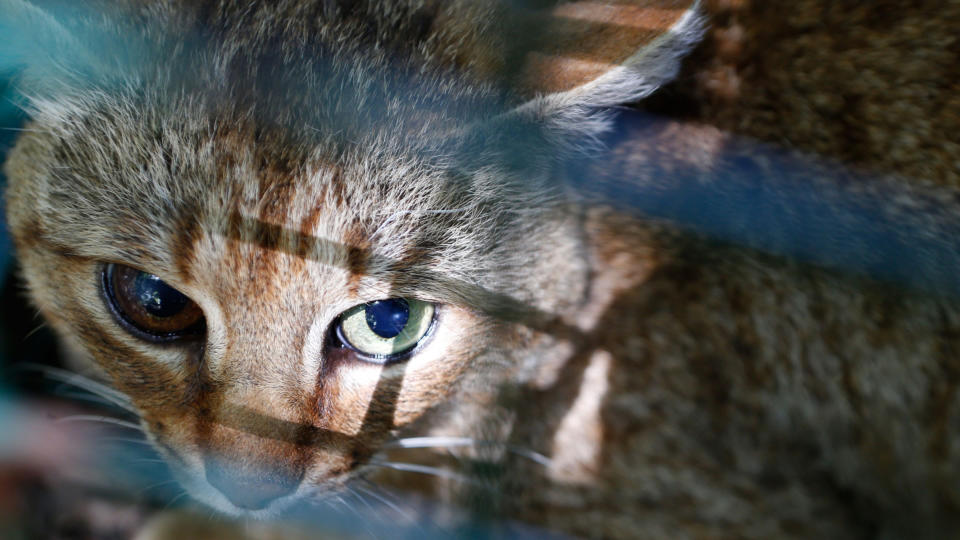Legendary 'cat-fox' could be a new subspecies

For generations, local shepherds on the Mediterranean island of Corsica have shared stories about the "ghjattu volpe," or "cat-fox," attacking the udders of sheep and goats, AFP reported in 2019. Scientists first documented their existence in 1929 and may soon be able to declare them a new subspecies after almost 100 years thanks to new genetics research.
Corsican wildcats get their "cat-fox" nickname from their fox-like color and large tail. Despite what their nickname suggests, these animals are not cat-fox hybrids; they're definitely all cat. Corsican wildcats belong to the genus Felis alongside other wildcats and domestic cats, but researchers are studying their genetics to figure out their exact placement in the group.
Some media outlets have suggested that Corsican wildcats are a new species — Live Science reported that this was a possibility in 2019 — but that's not strictly true. A study published in the journal Molecular Ecology on Jan. 19 of this year found that Corsican wildcats might be a subspecies, or distinct group within a known Felis species.
"We have the proof that this small cat has its own genetic identity," study co-author Sébastien Devillard, an assistant professor of evolutionary ecology at the Claude Bernard Lyon 1 University in France, told Live Science. "This is the first step for it to be recognized as a subspecies."
The French Office for Biodiversity, which was involved in the long-running study, published a statement about the January findings on March 16.
Related: Adorable, remorseless killing machine is world's deadliest cat

Devillard and his colleagues compared genetic samples from wildcats and domestic cats on Corsica with those from the neighboring island of Sardinia and mainland Europe. They found that Corsican wildcats were distinct from European wildcats, domestic cats and, to a lesser extent, the wildcats of Sardinia.
Corsican wildcats have fewer stripes than European wildcats and Sardinian wildcats, but questions remain about how different they are. The researchers still need to compare Corsican wildcats with Near-Eastern mainland wildcats before they can be declared a new subspecies. And even then, there may be some debate. There are several related wildcat lineages across Europe, Asia and Africa, and researchers are still deciding where each one belongs. This process is complicated further by the presence of domestic cats, which interbreed and hybridize with wildcats.

Related stories
—Cats with smooshed faces can't express emotions, and it's all our fault
—You can't hide from your cat, so don't even try
—Cats can memorize their friends' names, new study suggests
Wildcats have traditionally been grouped together under the species Felis silvestris, with most European wildcats in the subspecies F. s. silvestris and most Afro-Asiatic wildcats in the subspecies F. s. lybica. However, the International Union for Conservation of Nature now recognizes Afro-Asiatic wildcats as their own species (F. lybica). The lybica line is important for understanding domestic cats and the new Corsican wildcat research.
"Lybica is the ancestor of domestic cats, and what we think is that some lybica were introduced at a very early stage of domestication in Corsica and in Sardinia," Devillard said. This probably happened around 8,000 years ago and the wildcats have remained wild since, Devillard added.
Corsican wildcats occupy high elevations up to around 6,500 feet (2,000 meters), and Devillard suspects they can catch fish in Corsican rivers. The researchers will continue to study the wildcats to learn more about their lives and pin down their evolutionary history.

 Yahoo Autos
Yahoo Autos 